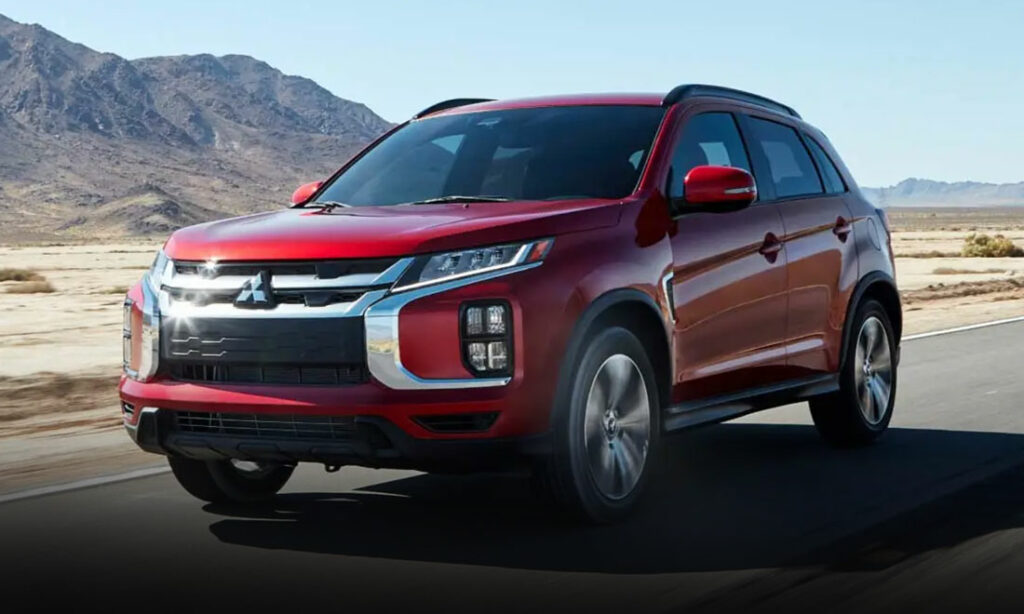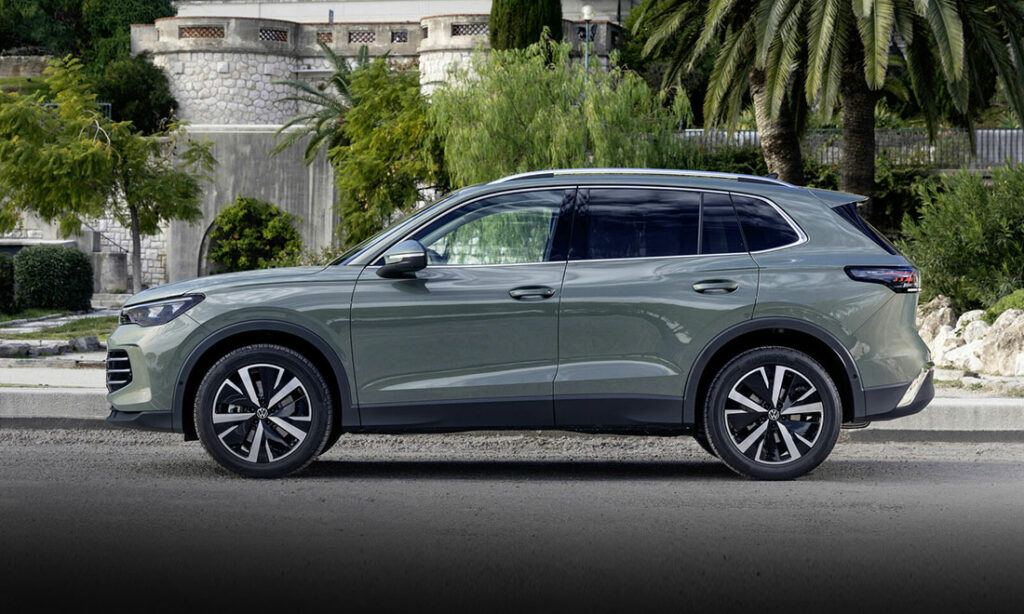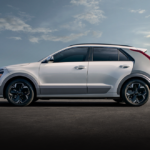Retro Review: Plymouth Superbird
For just one short year in 1970, NASCAR was dominated by the innovative aerodynamics of the Plymouth Superbird.
NASCAR Legend
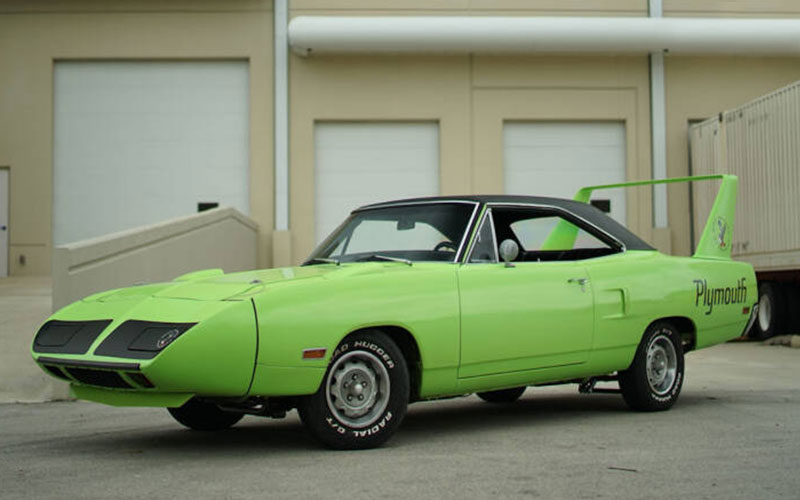
For one glorious year, 1970, the car to beat on the NASCAR circuit was the Plymouth Superbird. With its giant wing and nose cone (and a Hemi V8 under the hood), the Superbird’s innovative aero proved so potent it was effectively banned, but not before successfully luring Richard Petty back to Plymouth racing. Ironically, the Superbird disproved the common adage of the day, “win on Sunday, sell on Monday.” The car’s aero might have worked wonders on the racetrack, but in the showroom, its radical look doomed the car’s commercial appeal.
The narrow homologation window and poor sales meant the Plymouth Superbird would only last through a single year of production. And yet, in that brief time, the Superbird built an enduring legend. Today, we’d like to share with you the brief but spectacular run of one of the greatest NASCARs and greatest muscle cars of all time.
Of Rockets and Wings
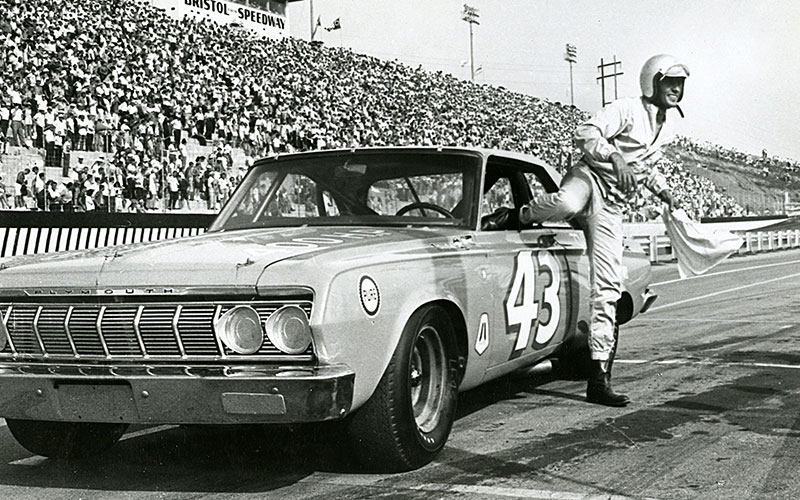
In the late 1960s, Ford and Chrysler were trading tit-for-tat blows in NASCAR. This was a day when stock car racing meant just that, a racing “stock” car that regular car buyers could walk down to their local dealership and purchase (minus racing modifications). For decades, manufacturers had focused on racing’s ability to generate interest and therefore sales for their premier models.
Richard Petty was a dominant force in NASCAR, winning 27 of the 48 races in the 1967 season for Plymouth racing. As the competition began to catch up to Chrysler, Petty sought greener pastures with a jump to Ford and their new Gran Torino for 1969.
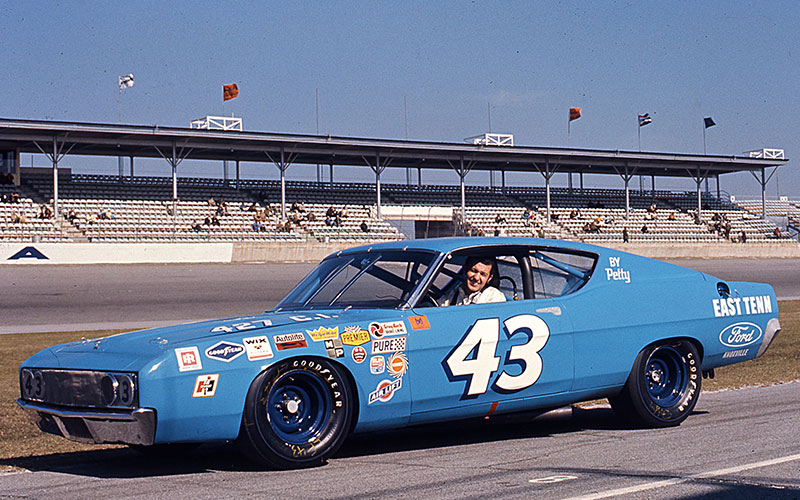
That same year, Dodge engineers were seeking to improve the Dodge Charger’s NASCAR prospects. They knew the car needed help, suspecting that Ford’s more aerodynamic designs were leading to their success. Enter John Pointer of Chrysler’s newly folded rocket division (yes, Chrysler once had a rocket division making said rockets for the US military). Pointer identified the Charger’s glaring aerodynamic weaknesses, a recessed grille and a recessed backlight to the rear window design, both causes of major drag, especially at the sustained high speeds of NASCAR. Pointer’s solution? A nose cone over the grille, flattening the rear window, and adding a massive rear wing tall enough to get “clean air” undisturbed by the rest of the car’s turbulence.
A Brief But Dominant Reign
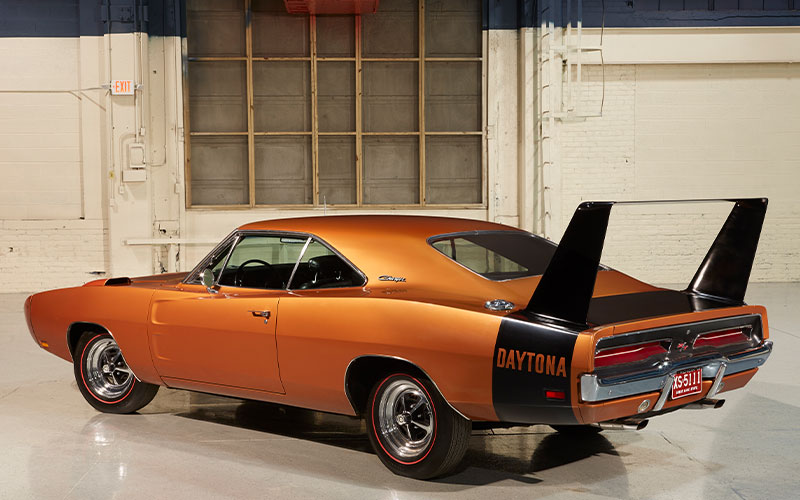
Debuting for the 1969 racing season, the new Dodge Charger Daytona, with signature nose cone and giant wing, was a massive success, winning the inaugural Talladega 500, its very first race. The Daytona was so successful that Plymouth was quick to seek their own version for the Road Runner for 1970. The adoption of new aero was enough to entice Richard Petty back to Plymouth. Petty won eight NASCAR races behind the wheel of his signature blue Superbird.
Homologation regulations called for a minimum of 500 production cars, but Plymouth would end up producing 1,935 for the US market (less than fifty went to Canada). Of those, just 135 were graced with the 426 Hemi V8 that the racecar featured. Most production Superbirds came with either a six- or four-barrel 440 Super Commando V8.
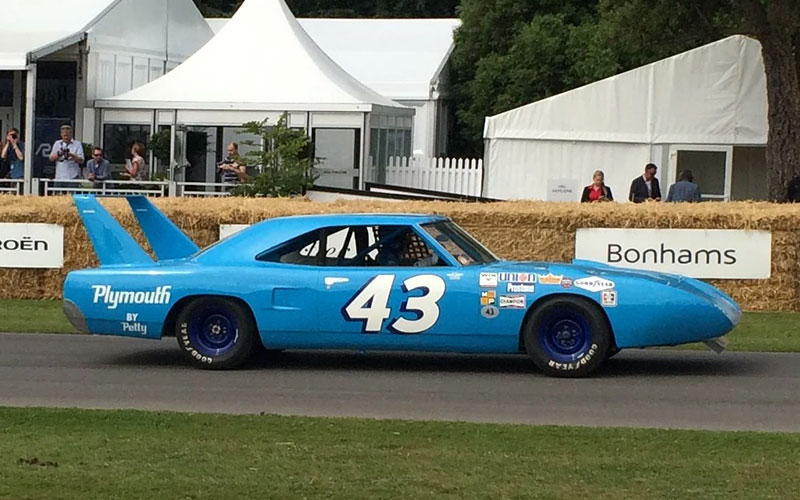
During the 1970 season, the Dodge Daytona and Plymouth Superbird would combine for 38 wins out of 48 races. That same year, Buddy Baker would set a NASCAR record by braking 200 mph in a Dodge Daytona.
Too Fast for Its Own Good
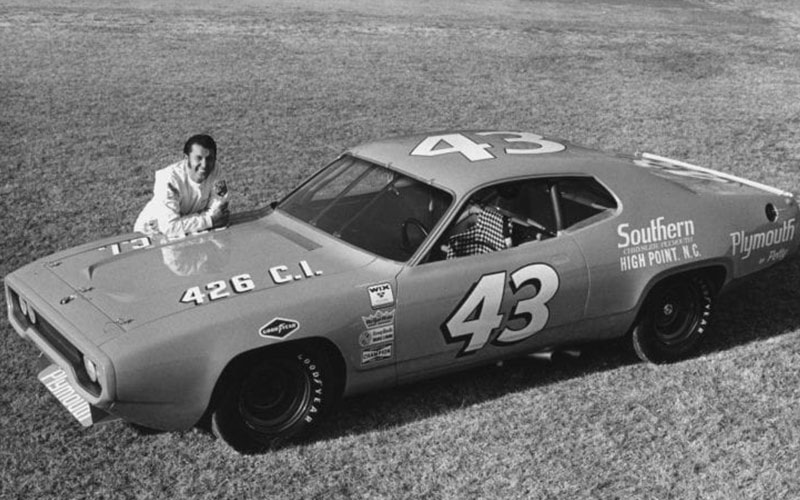
This dominance proved too much of a good thing for Chrysler’s racing programs. For one, nudging 200 mph was testing the limits of tire and brake technology of the time. But safety wasn’t the only thing raising eyebrows for NASCAR officials. The leap in aerodynamic technology had radically shifted things in favor of Dodge and Plymouth to, it was felt, an unfair degree.
As a result, for the 1971 season, NASCAR officially limited “aero cars” to a maximum displacement of 305 cubic inches. The new rule was effectively a ban on the cars as this new power-to-weight ratio rendered them uncompetitive. Without the new rule, the Daytona and Superbird would have likely continued to post win after win, at least until the competition caught up.
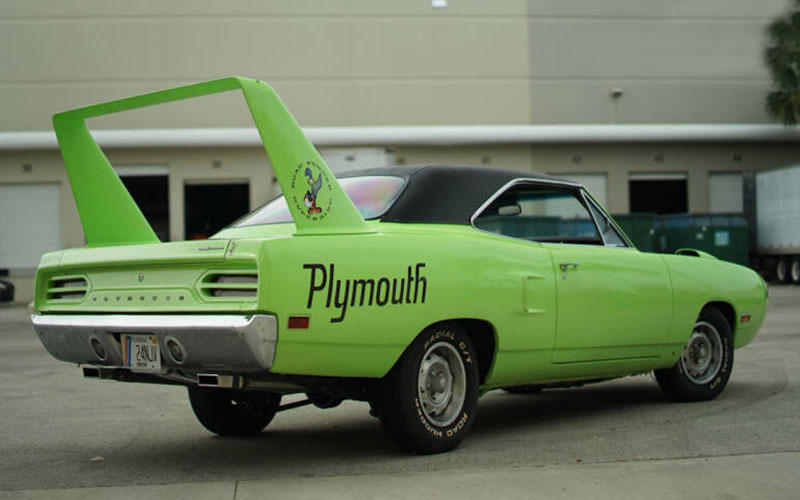
The Plymouth Superbird’s poor sales, often languishing on dealership lots for months or more, have made them all the rarer today. Especially sought after are any of the 135 original Hemi-equipped Superbirds. Earlier this month, an especially clean example was auctioned at Barrett-Jackson’s for $1.5 million dollars, setting a new record for the nameplate.



